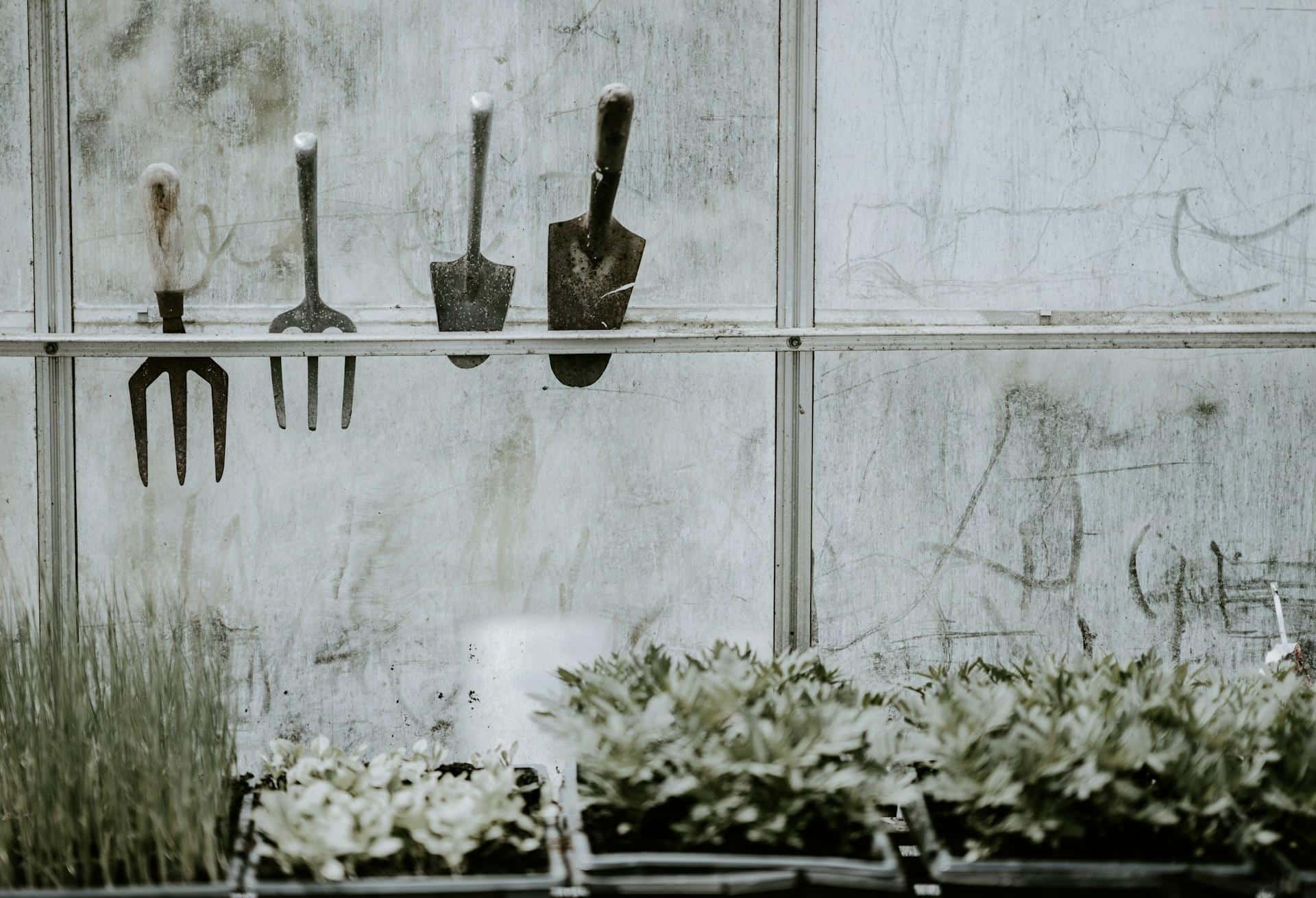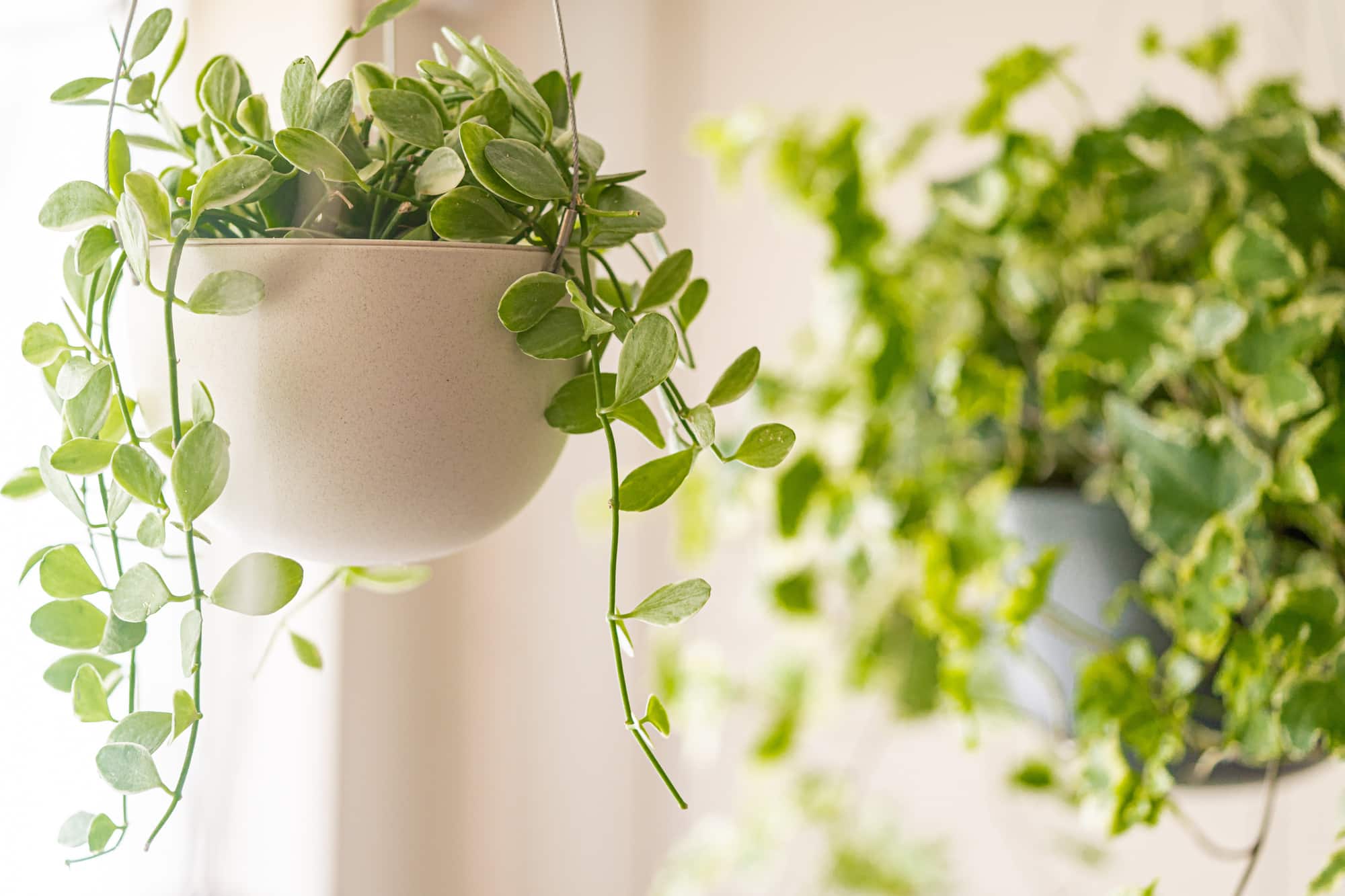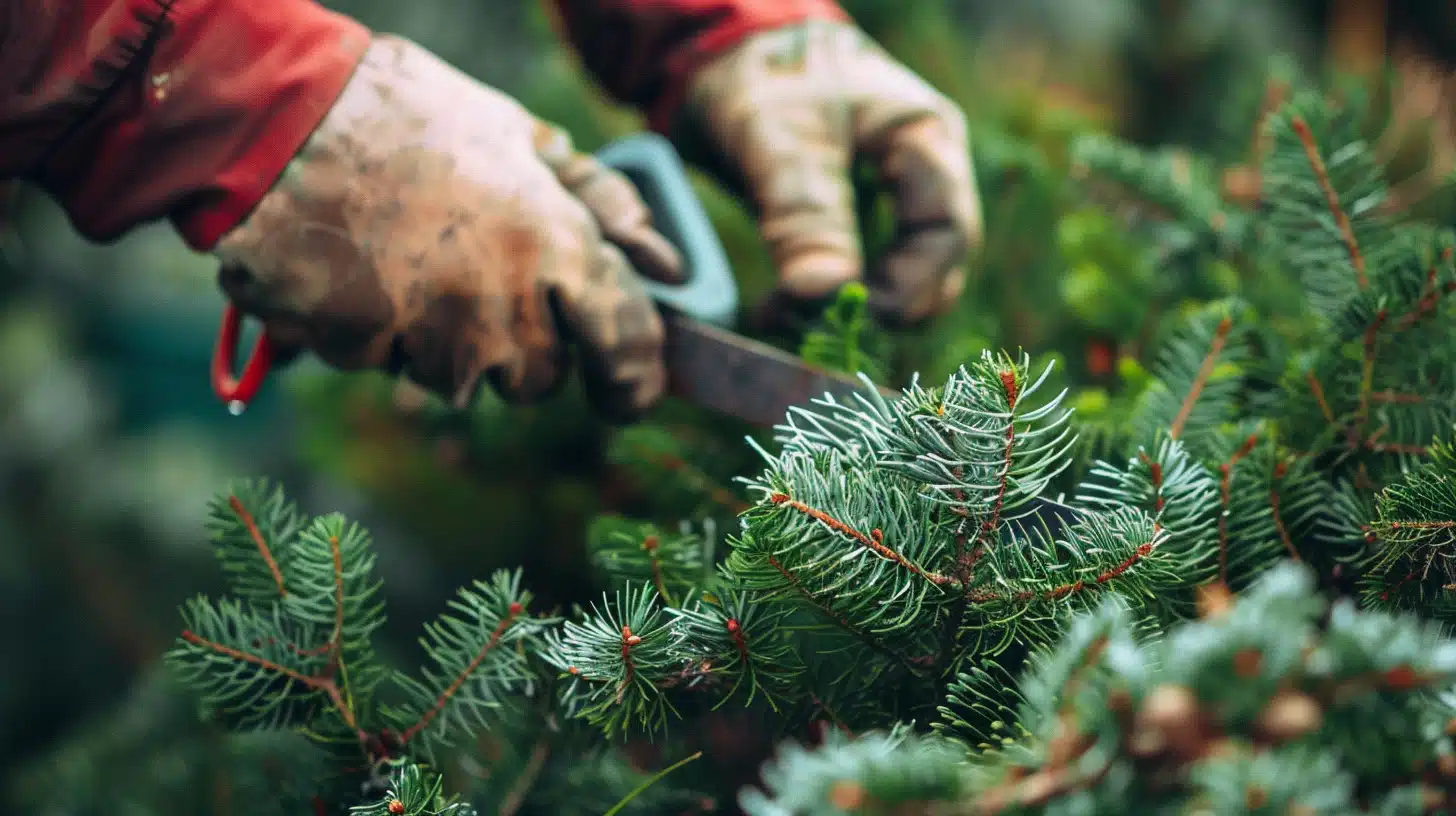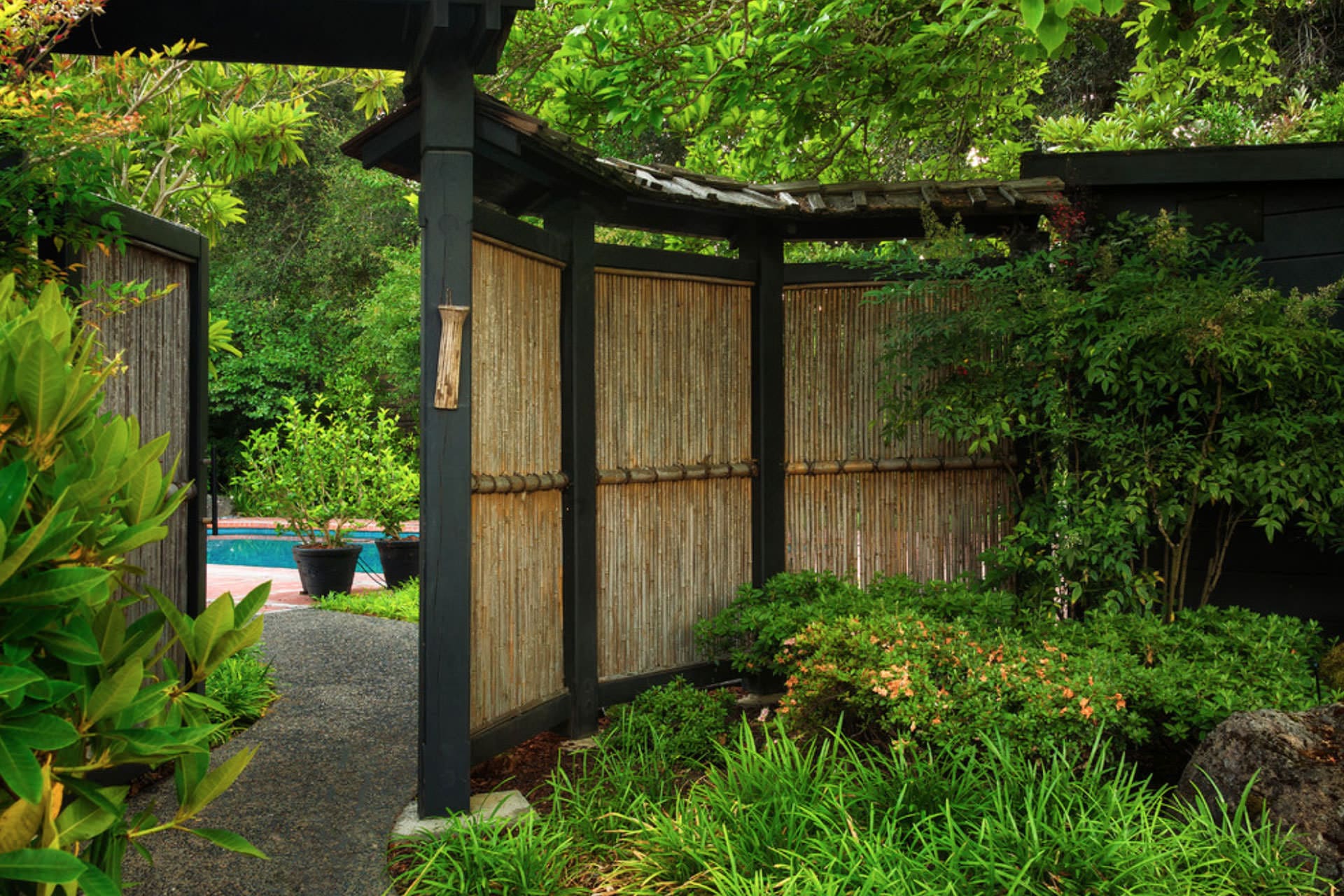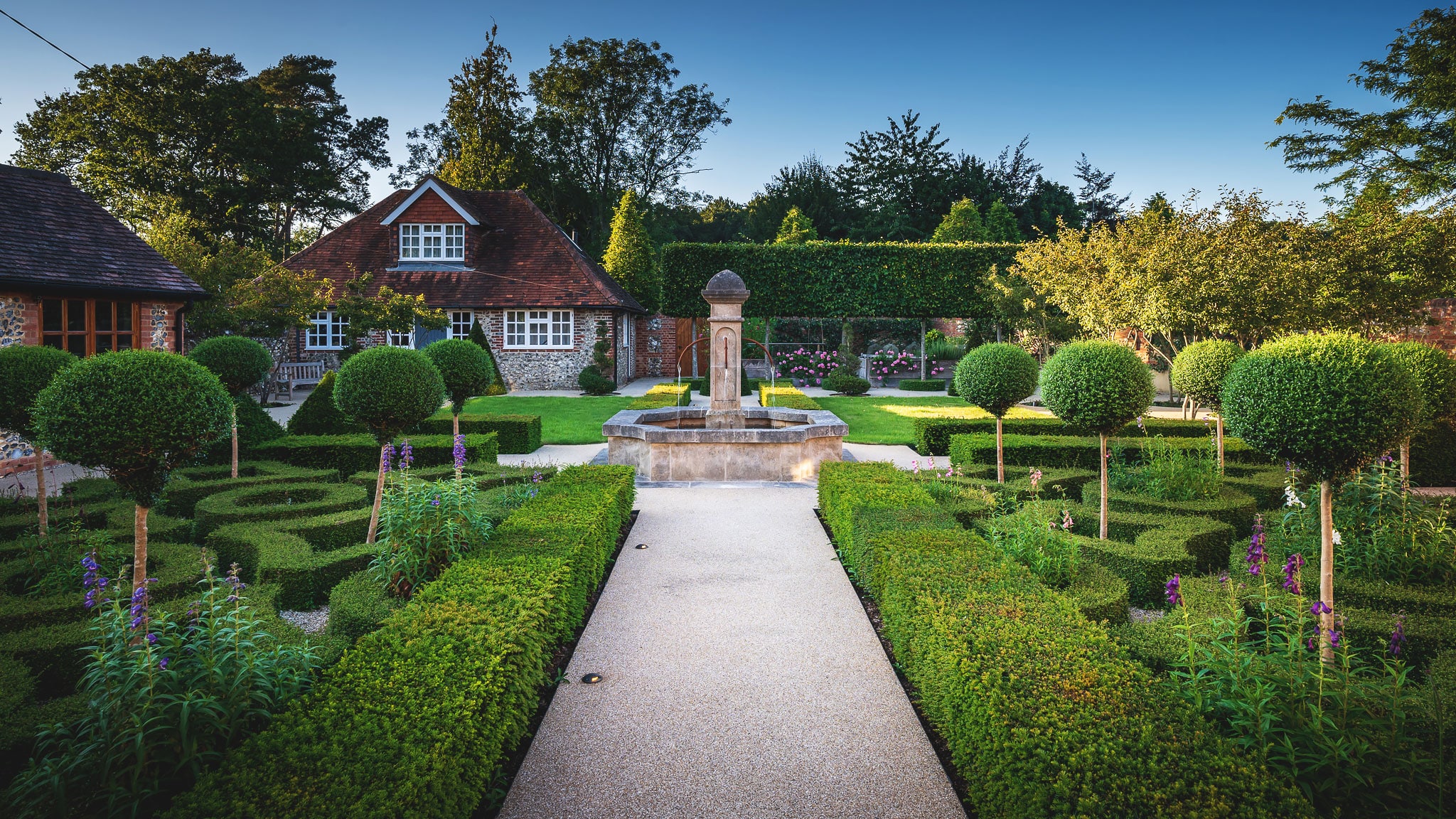Getting Started: Prepare Your Flower Beds for Spring While It’s Still Cold Outside
Near the end of winter, most homeowners begin thinking about the outdoor areas of their property. Preparing gardens and flower beds for spring planting, getting ready for new lawn growth, and researching new landscaping and plant varieties are on everyone’s mind. Stores fill up with seeds, planting materials, potted plants, and garden ornaments. During this exciting anticipatory time, it’s essential to begin preparing flowerbeds and garden areas for the growing season. Start with these steps for thriving flower beds this spring and summer:
Clearing Winter Debris
The first step to preparing your flower beds for spring is to clean up after last fall and winter. If your beds are like most, they are full of fallen leaves, twigs, and other debris left over from the cold seasons. Gather and remove any large twigs or branches and then rake the remaining debris out of the bed. If you have a compost pile, you can mow or shred the material you removed and add it to your bin. Larger branches and materials will likely not compost well and should be disposed of in other ways.
Remember to inspect your flower beds and plants for any signs of pests or diseases while you are cleaning up your flower bed. If needed, take steps now to manage any problems or infestations that you find.
Soil Preparation
Once your beds are raked and cleared of debris, it’s time to prepare your soil for the growing season. If you are working in a perennial bed, consider whether you need to add amendments like compost or well-rotted manure to fertilize your plants. If you do add these materials, make sure that you don’t place them directly against your plants’ stems or you could promote rotting or burn the plant with the strong fertilizer. Water thoroughly after you spread your amendments. If you plan to mulch your beds, you can place this layer on top of your compost.
If you are planting an annual bed or one that combines both annuals and perennials, you will also need to prepare the soil for new plants. You may want to add more compost, and in areas where you will be planting, you can mix this into the soil because there are no existing plants to disturb. You can also add other soil amendments if needed, and if you choose, turn and loosen the soil in preparation for planting new flowers or seeds.
You can use a garden fork to aerate the soil in both planted and unplanted areas to improve the soil’s drainage and structure. Just be careful not to use a fork too close to your plants or you could damage their roots.
Pruning and Trimming
The next step in preparing your landscaping for spring is to prune and trim your existing plants. Trees and shrubs may need to be pruned to look their best, and some flowering shrubs regularly need to be trimmed to keep blooming well. Research the best pruning methods for your specific varieties. For example, some flowering shrubs only bloom on second-year branches, and if you prune these off, your plant won’t produce flowers. Other varieties only bloom on new wood, making it essential to trim them at the right time of year to avoid cutting off developing flower buds.
You should also consider the aesthetics of your bed when pruning. Check your plants to ensure they are still the correct height and size for the area and that your taller plants aren’t blocking the view of other flowers. Some plants and ferns can get larger than you originally pictured and may require you to adjust your original plan. If your flower bed is near your home or outbuildings, make sure that your plants are not growing too closely to your foundations as they get larger.
You can also use this opportunity to propagate plants that are supposed to be divided while dormant. Finally, some perennials should be cut back to the ground each year and if you haven’t done that, you should do it now before new growth begins.
Weed Control
Late winter or early spring is a good time to get a head start on weed control. In established beds, you can add a layer of compost and mulch to help smother seedlings. In many cases, this layer will help to prevent weed seeds from germinating at all because many weed seeds require the stimulus of light in order to start growing. If you already have established flower beds, it might be a good idea to avoid any unnecessary digging for this reason. Digging can bring weed seeds up to the surface where they can start to germinate.
If you have a problem with invasive grass or other plants creeping into your beds, consider adding a border around the edges of your beds. To prevent the intrusion of grass, make sure you dig down and bury your barrier at least 6 inches into the ground. This will stop most grass roots from spreading. You should also place your border so that it is 4-6 inches above the level of the dirt, as well. This can help to stop grass and other plants that spread along the top of the ground, as well as help keep your mulch and compost in place.
Planning and Planting
Finally, the last step in preparing your flower beds for the new growing season is planning and planting new varieties! These are most gardener’s favorite parts of the hobby. Pouring over seed catalogs, drawing diagrams and layouts of new beds, and comparing varieties are great activities to do during the long winter months before warm weather returns.
This is the time to research the plants that will thrive in your local climate. If you’ve been struggling to keep some of your plants healthy because they aren’t the best fit for your area, it might be worth the expense to replace them with more appropriate species. This will help your plants look better and stay healthier. If you plan to purchase a lot of plants, consider buying them from a wholesale nursery for a larger variety and better prices.
When you are planning the layout of your beds, whether they are new beds or you are adding plants to an existing garden, take the time to consider how they will look and grow together. Group plants with similar water, sunlight, and soil preferences so they can grow together and they will be easier to care for. Place taller plants near the back of the bed and consider bloom time so that you will always have color in your beds. Finally, use annuals and bulbs for showy additions and early blooms, and to fill in for gaps in bloom times.
Conclusion
Late winter and early spring is an exciting time for gardeners as they get ready for the coming season. It’s important to prepare your beds so they can thrive throughout the year. However, make sure to enjoy this break from intensive gardening as well. Winter is both a time to relax from last summer’s work as well as plan for the coming season.

